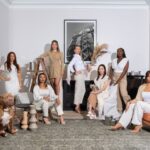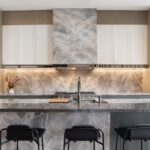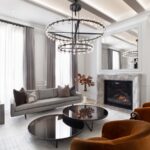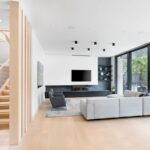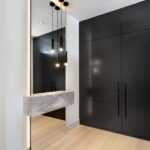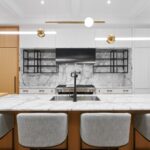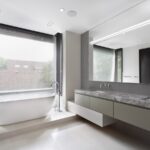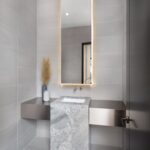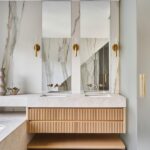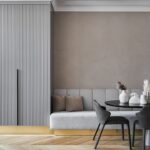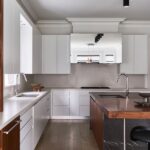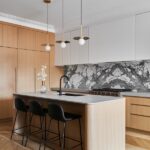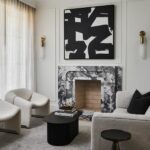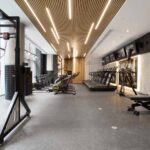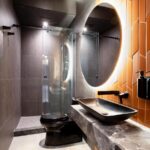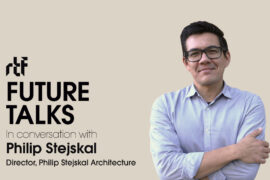Welcome to Future Talks by RTF, a captivating series of conversations with the trailblazers who breathe life into design narratives. Our esteemed guest, Jessica Neilas, is a distinguished figure in the realm of interior design, project management, and construction consultancy, boasting over 18 years of expertise in residential, hospitality, and commercial development.
As the Founder, President, and Creative Director of Wolfe Integrative Design Inc., Jessica has seamlessly led a team of professionals in managing a diverse portfolio of 30 ongoing projects. Her prowess extends to overseeing the entire design process, from conceptualization and technical drawings to sourcing and purchasing, ensuring each project reflects her unparalleled creativity and attention to detail.
Prior to her current role, Jessica held the position of Vice President of Interior Design at Streetcar Developments, where she played a pivotal role in shaping the interior landscapes of multi-residential development projects. Her journey also includes co-founding Seven Haus Design Inc. and contributing significantly to the success of CMID, COE & Mudford Interior Design.
Join us in exploring the depth of Jessica’s experiences, insights, and the stories behind her remarkable design journey.
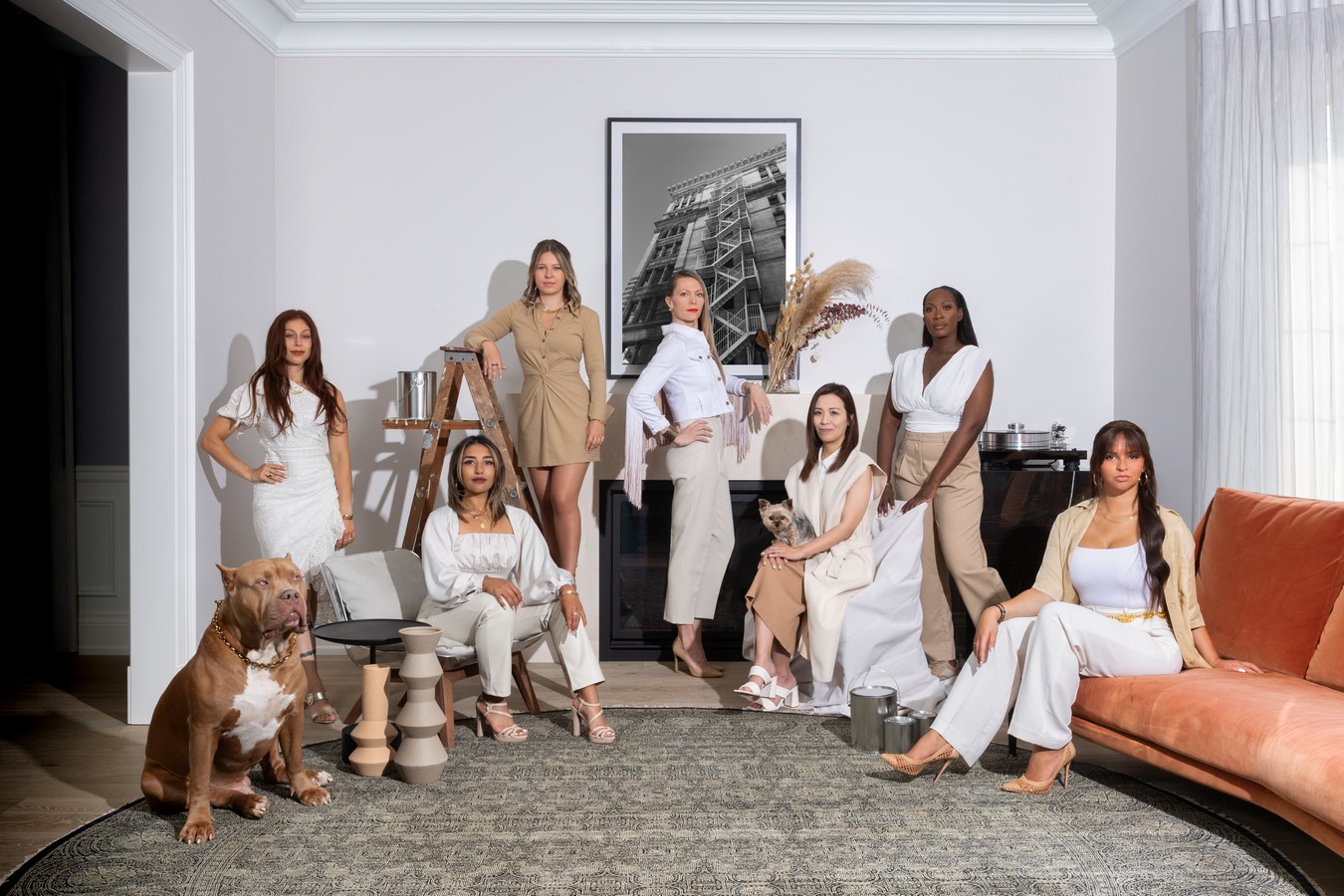
RTF: Hi Jessica, We are glad to have you as a guest on Future Talks by RTF. Thanks for joining us. How important do you consider a ‘WOLFE ID’ statement in your projects?
Jessica: I talk about this quite a bit because most people think that as a designer you need to have ‘a singular style or iconic statement’ and I would argue that a good designer can design any style well. Wolfe has many underlying principles when we approach a design but we do not box ourselves into a singular direction. We mostly try to elevate the level of an aesthetic with thoughtfulness and ask ourselves if the design holds merit on an international level. We enjoy artful solutions to everyday functionality and pour our heart and soul into the detailing of the smallest experiences. We also have love for certain aesthetics and eras of style so we find ourselves doing a lot of ‘transitional’ designs and playing with the ratios of sleek contemporary looks to traditional or nostalgic styles to create very bespoke spaces. I also tell clients that I hope they DO NOT find a project in our portfolio that is their EXACT style because every person, place and project in time is unique, and the design should also be just as unique and specific.
Wolfe’s aesthetic is ultimately what it needs to be for each individual project.
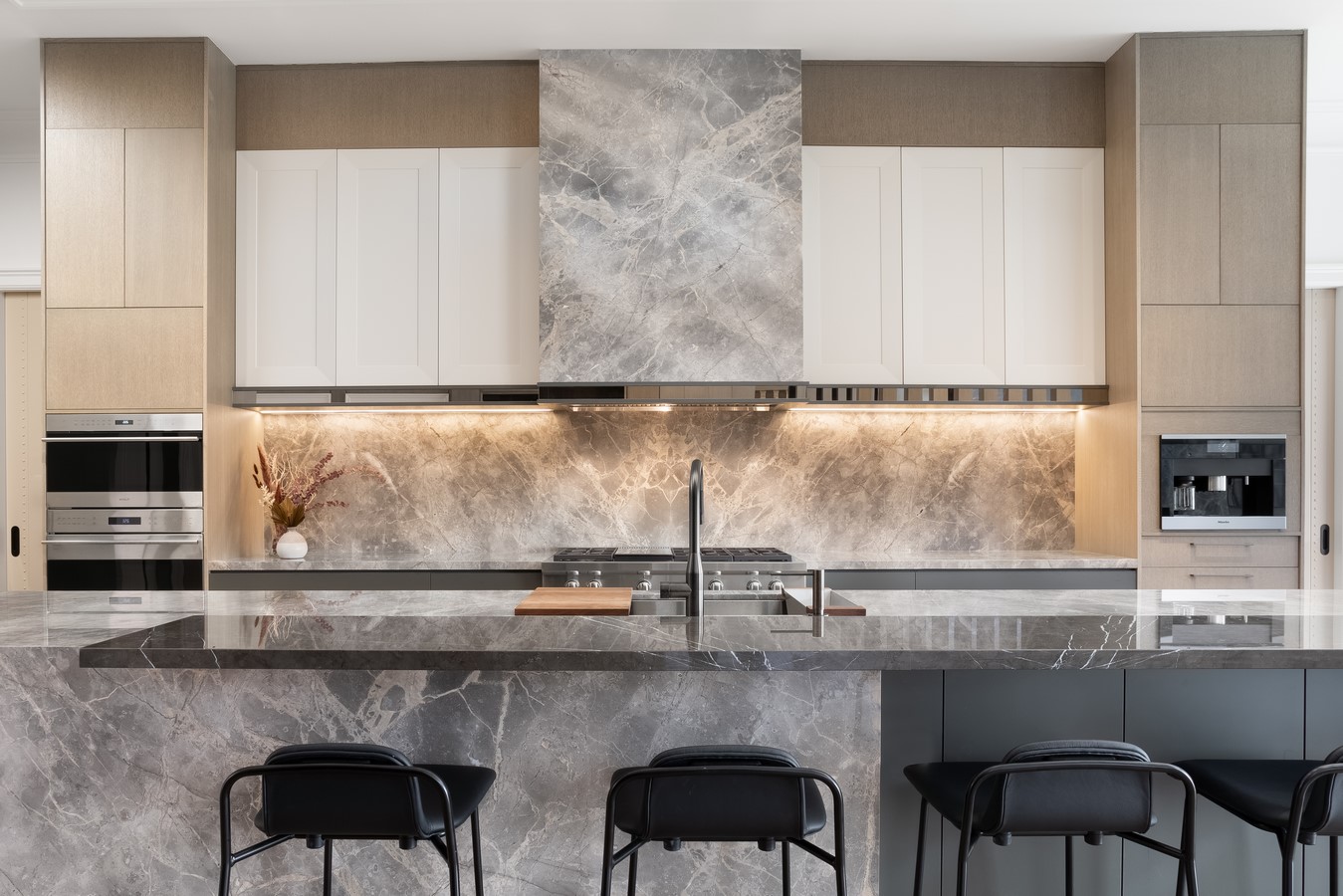
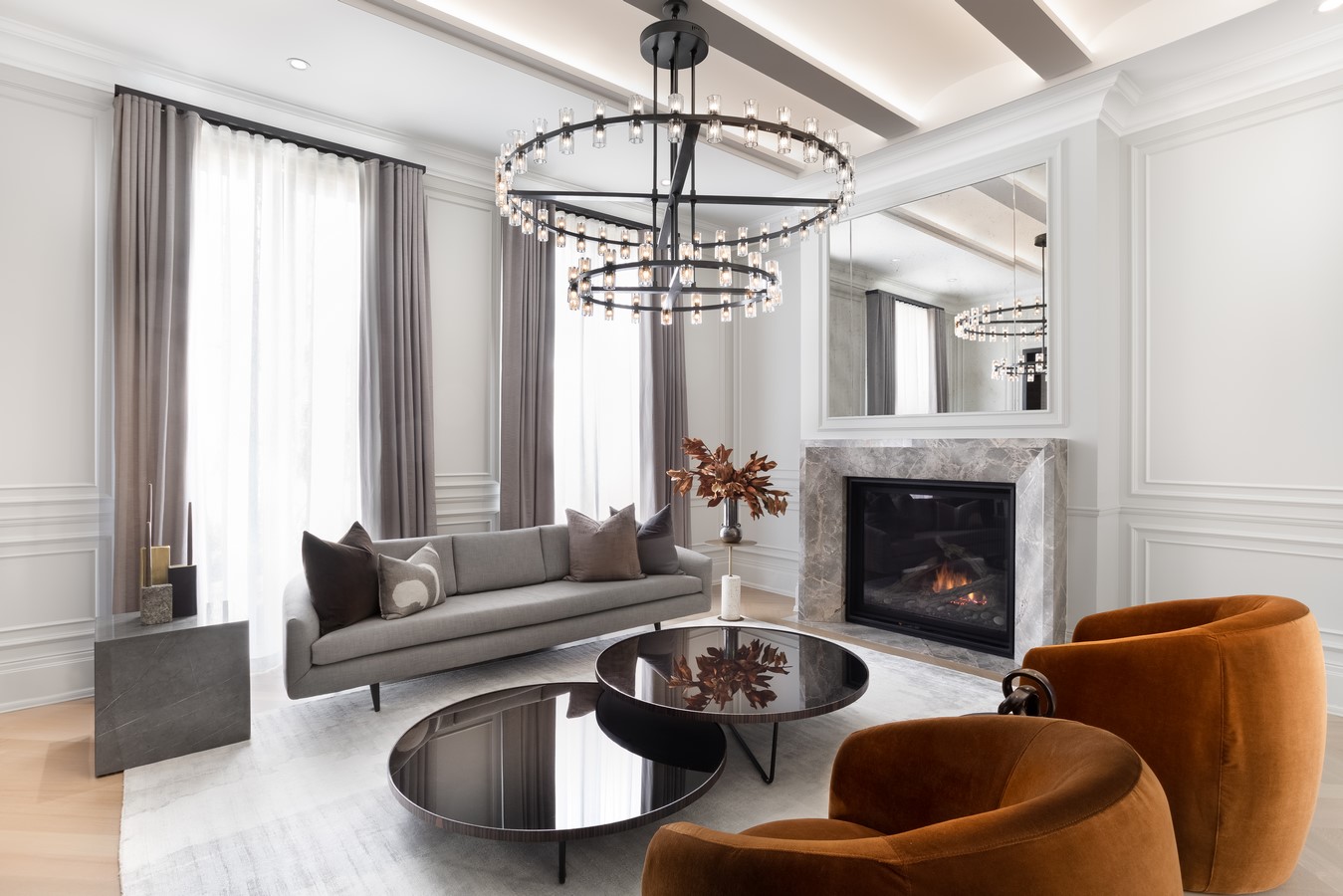
RTF: What is your approach towards design and how was it shaped in your initial years?
Jessica: We have always designed for hybrid living – In the wake of a pandemic interior environments, especially homes, really required more of their spaces: Homes now need to be offices, daycares, fitness & spa facilities, entertainment hubs and industrial kitchens and humans have realized they need better solutions and more flexibility. We offer all the latest and greatest ideas in functional and flexible layouts while making sure the aesthetics are all highly sought after to a global standard. We look for the latest human-centric amenities our spaces can include such as: interior herb gardens, cryobaths, infra-red saunas, high end training equipped fitness spaces, yoga/ meditation spaces, spa environments, incredibly functional office environments with tailored ergonomics, aging population, pet and young children amenities and considerations.
We also approach design with forensic detail and full coordination – Not many interior designers will figure out the HVAC duct runs in coordination with plumbing drops, window heights and ventilation grille locations to confirm their concealed and motorized double window covering treatments will fit! We do all this before we start actually choosing the attractive finishes, but this is exactly why our projects turn out so well….. our clients and contractors save time, strife, money and headaches down the line., making everyone’s life easier.
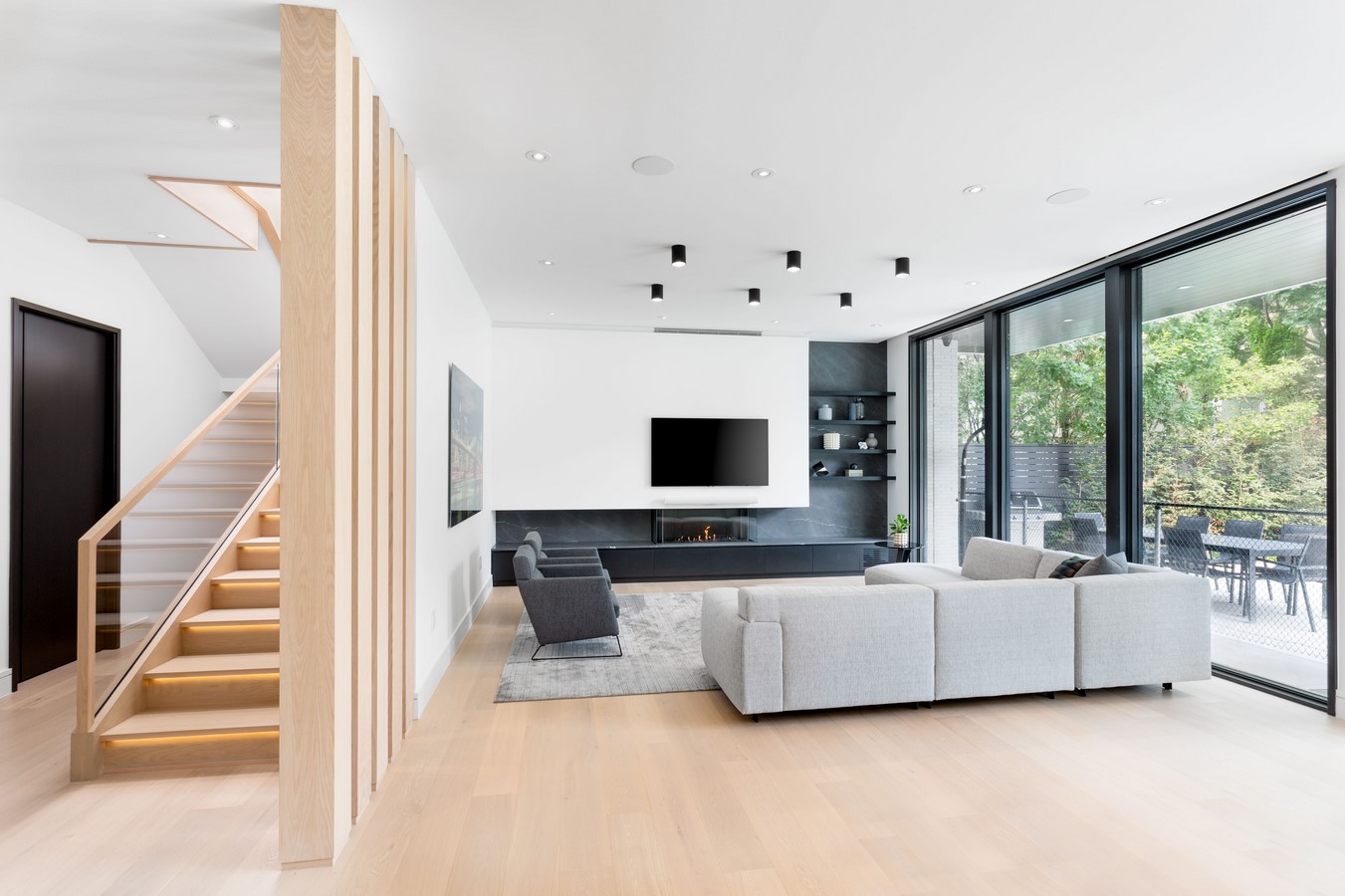
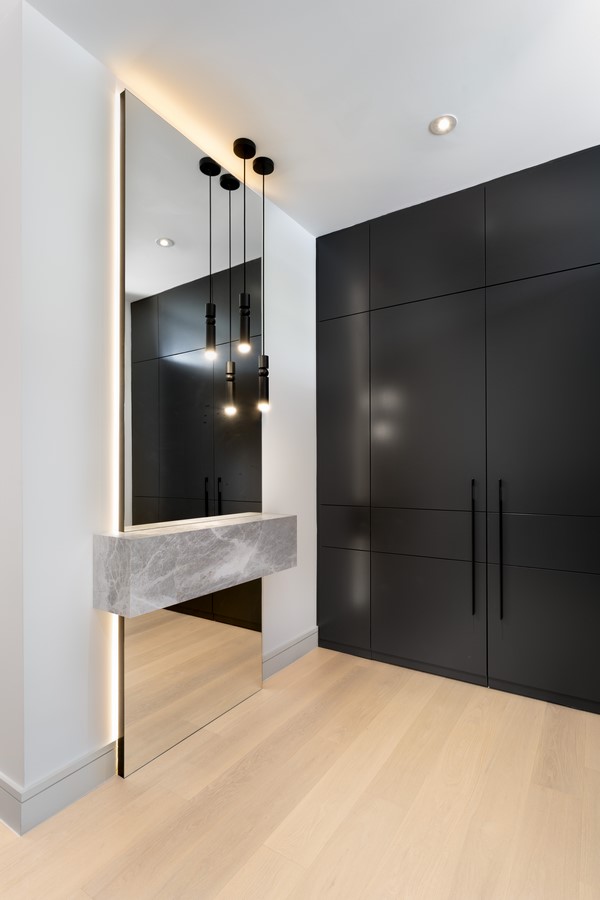
RTF: How important do you consider visiting sites regularly?
Jessica: In today’s world it’s great to have boots on the ground, but with FaceTime and WhatsApp we are pressed to have to make the quantity of site visits we used to now that video chatting is so easy and effective. I say that with a grain of salt, as for certain projects, especially those with tighter layouts or extremely unique features we need to experience those in the space or do mock ups to really feel out their presence and confirm clearances. I also like to visit a site during the earliest of days to understand the topography and views and listen to the cues of the landscape.
Last year we expanded our design work into the US and have really been able to run design projects across the continent so much easier than we could have 5 or 10 years ago.
RTF: What is your favourite project to date and what makes it so?
Jessica: I am hard pressed to choose one, I have been designing all sorts of spaces for the last 20 years. I think one of my favourites however was a fitness facility we designed, Altitude, with North America’s largest altitude chamber. The project was incredibly successful as the owner had an immense passion for the business, and she really let us design for supreme wellness.
We were able to infuse the space with biophilic design elements, control the lighting schemes and harness lighting level flexibility for restorative spaces and more high energy and motivational training environments. We used environmental psychology to gear the design to one where the experience of the space was tailored to the owner’s vision of how she wanted her customers to feel. We even designed the smell of the space and added Easter egg design features throughout the environment to engage the users and solidify the brand essence in the physical environment.
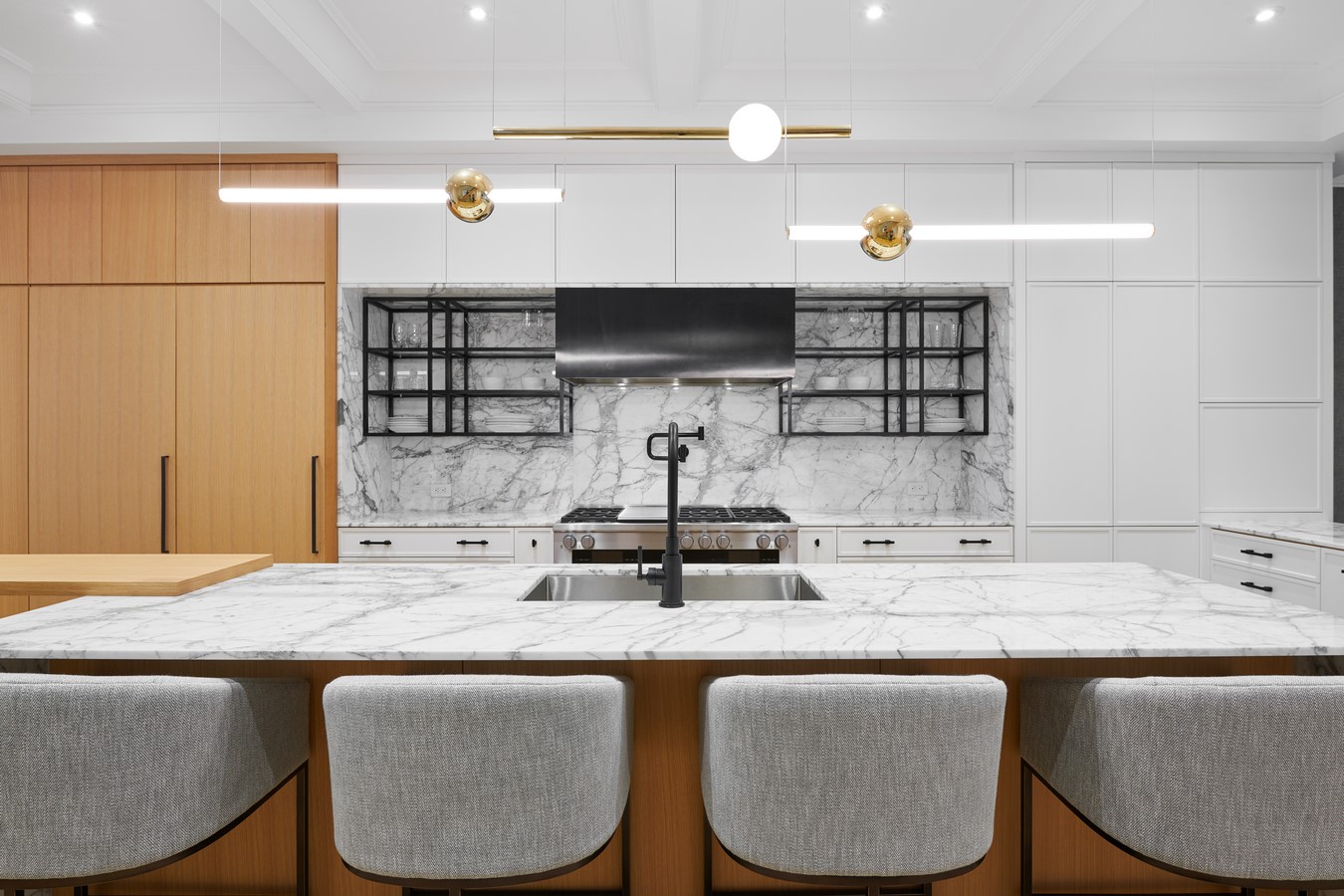
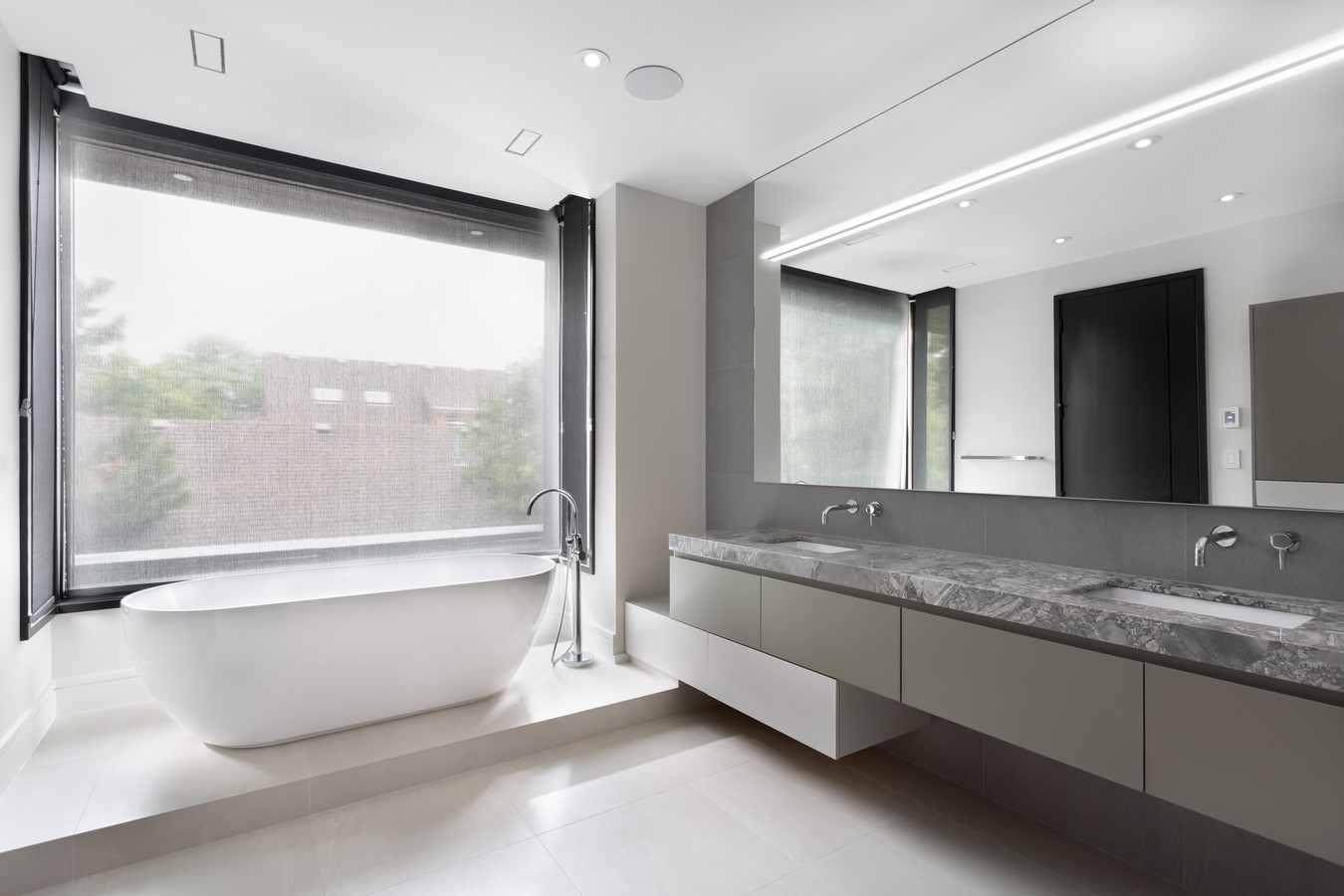
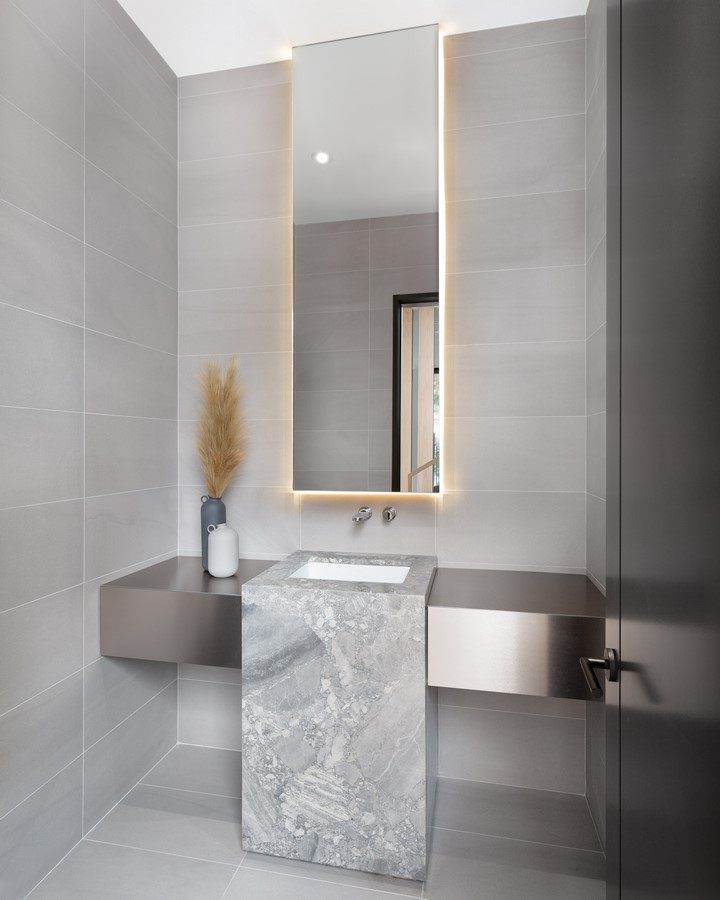
RTF: Where is the global design landscape headed?
Jessica: For interior design specifically I see some emerging factors which will be guiding future aesthetics:
Biophilic Design: There was a growing emphasis on incorporating elements of nature into interior spaces for enhanced well-being and connection to nature.
Sustainable and Eco-Friendly Design: Using eco-friendly materials, exploring upcycling and repurposing, and adopting energy-efficient solutions in the climate change consciousness of today’s World.
Hybrid Living/ Working spaces: Flexible and multifunctional spaces that are adaptable with the changes in work habits and lifestyles, such as combining home offices with living spaces.
Technology Integration: Smart home technology and new devices were being seamlessly integrated into design elements. From smart lighting and thermostats to interactive furniture, technology is becoming an integral part of modern interiors.
Cultural Fusion Aesthetic: The globalized nature of design now allows for the fusion of various cultural elements in interior spaces such as: colors, and patterns from different cultures, creates unique and eclectic designs.
Wellness-Centric Design: There will be a focus of creating environments that promote mental and physical well-being. This included designs that enhance natural light, ventilation, and ergonomic furniture to create healthy and comfortable living spaces.
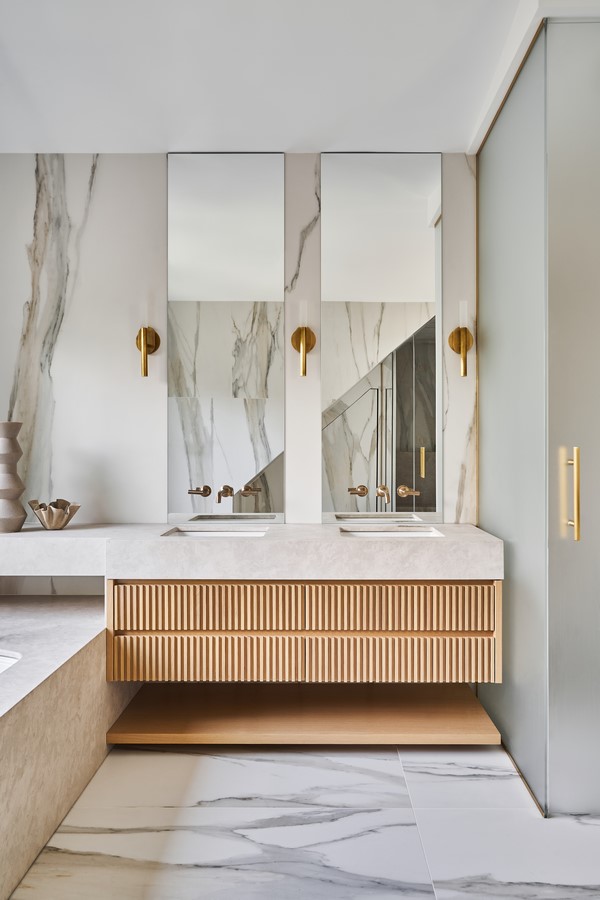
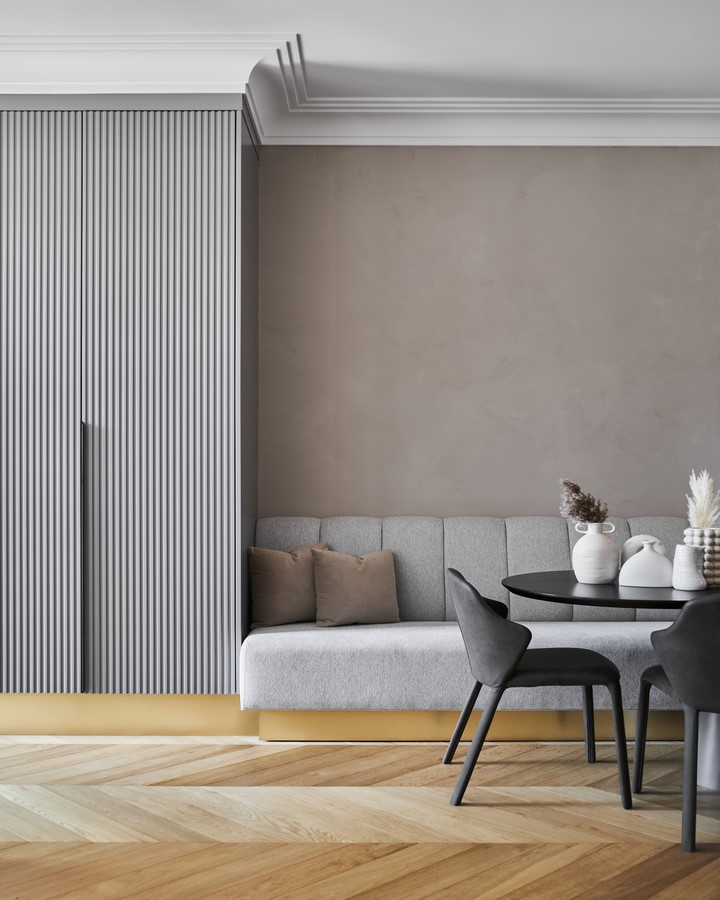

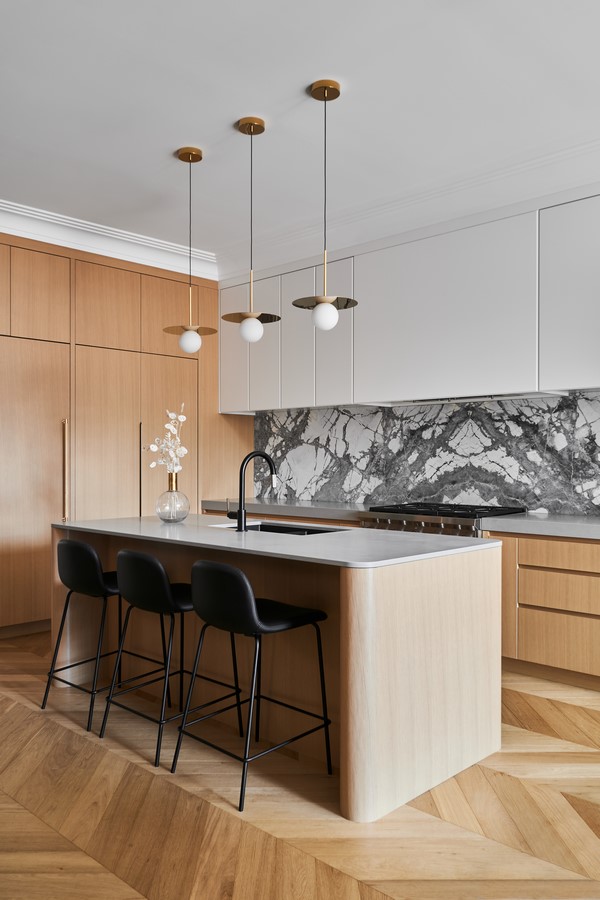
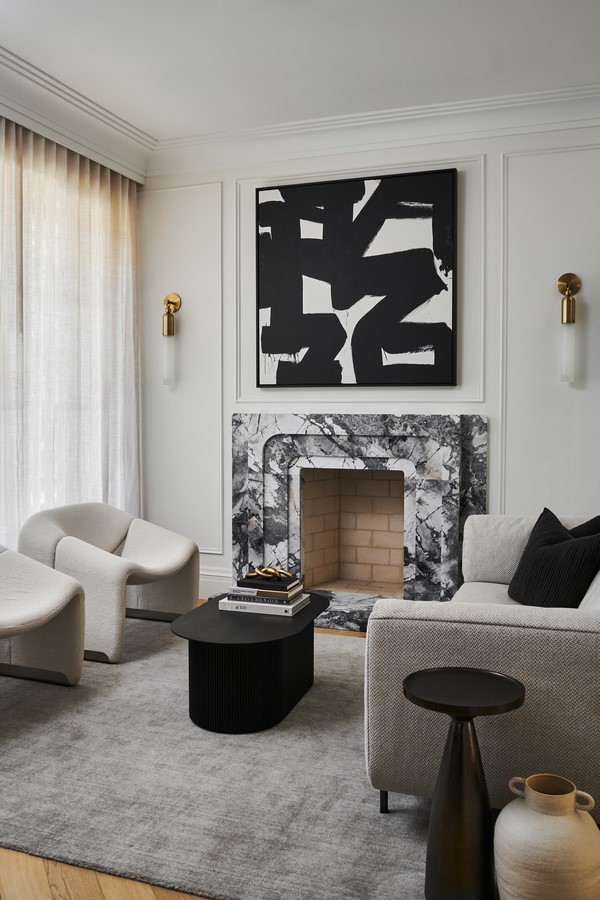
RTF: How do you approach getting your projects featured in publications? Do you manage the communications and PR in-house or have this outsourced to a PR & and communications agency? Which approach do you think is better and why?
Jessica: We have done both. If we have a lot of new projects finished and photographed we may do some PR. We have also done a lot of our own and reached out to writers, publications, billboards, etc.
I think PR and marketing may work better for product-based businesses, service based is advertised through person to person referrals and so PR work helps to bolster your reputation and value once a potential client has already heard of you but isn’t as helpful in generating new business, in our experience.
RTF: How has Artificial Intelligence influenced design?
Jessica:
- Space Planning and Layout Optimization: AI algorithms can analyze spatial configurations and suggest optimal layouts based on factors such as room dimensions, furniture size, and user preferences.
- Personalized Recommendations: AI-powered tools can analyze user preferences and behaviors to provide personalized design recommendations.
- Virtual Reality (VR) and 3d Renderings: AI can create immersive experiences in interior design. Clients can use VR headsets or look at renderings to visualize how different design elements will look in their spaces before making final decisions.
- Energy Efficiency and Sustainability: AI can contribute to sustainable interior design by optimizing energy usage within a space. Smart home systems can be powered by AI.
- Market Trend Analysis: AI can analyze vast amounts of data from various sources to identify emerging design trends and consumer preferences. Designers can leverage this information to stay ahead of trends and create designs that resonate with current market demands.
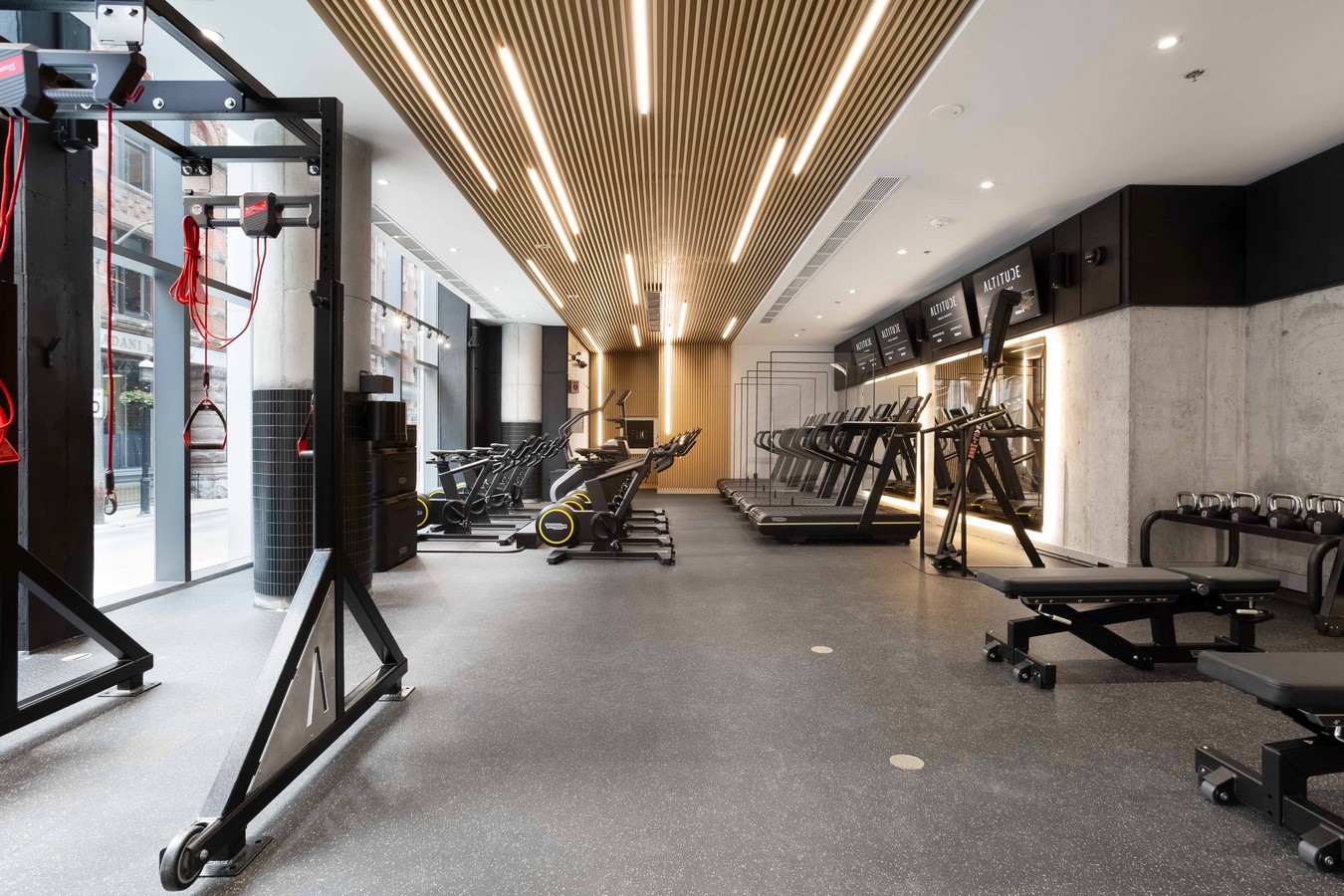

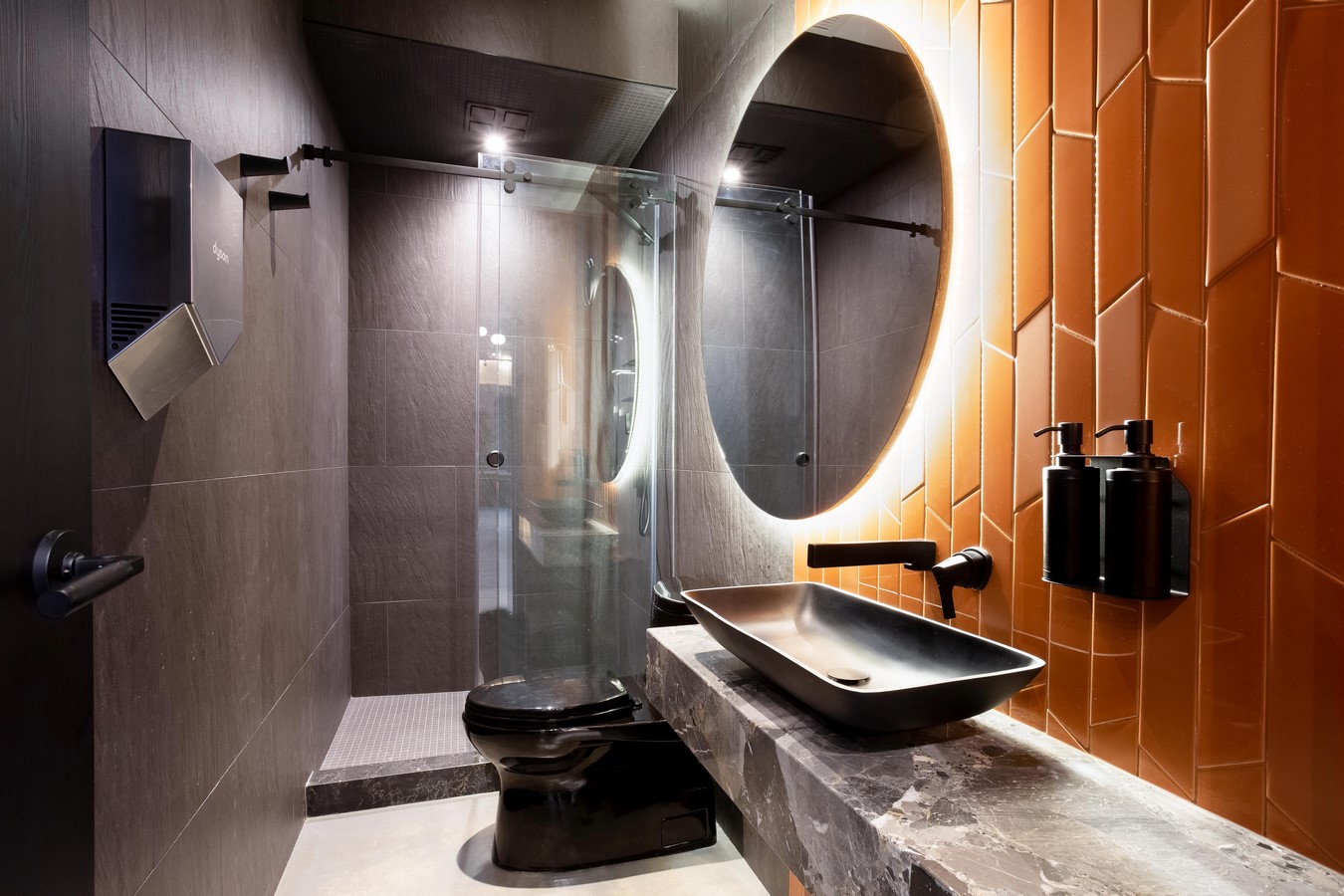
RTF: How have you shaped yourself creatively? What are the constant efforts towards it?
Jessica: I think we are always looking to design to the best level possible, whether that’s updating our drawing technologies and practices, offering renderings, or simply taking a stand for what we think is good design and not just elements that are trendy or liked on social media.
RTF: What are the other paths you stroll on when not working?
Jessica: I like a good music concert, a Michelin meal here or there, travelling and visiting with friends and family, mind you, I’m probably still working while doing all these things
Thank you so much for doing this interview with us. It has been a pleasure getting to know about you and your work. We’re sure that your insights will be highly valuable to our audience which includes architects and design students.



